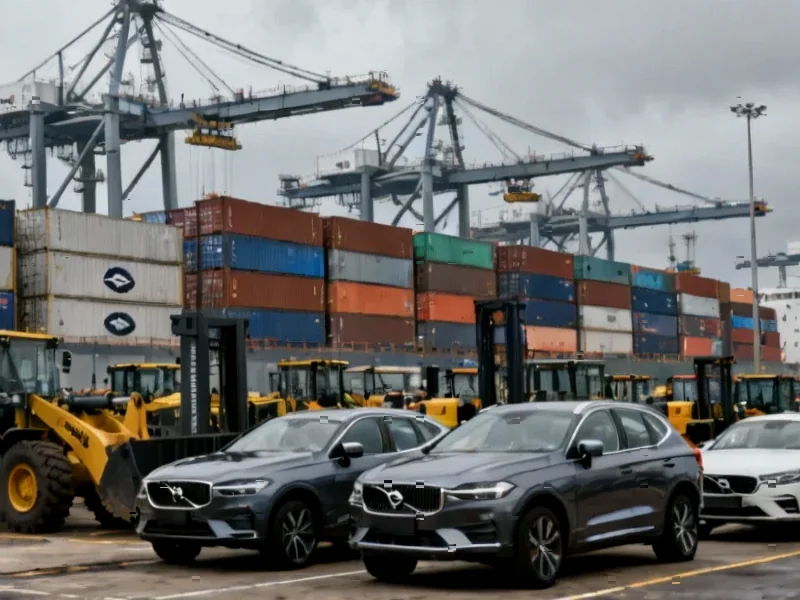According to Financial Times News, Indonesia is negotiating with China over $7.3 billion in debt from the “Whoosh” bullet train project connecting Jakarta with Bandung. The high-speed railway, developed jointly by Indonesian and Chinese state-owned companies, was 75% funded by Chinese loans and began commercial operations just two years ago. The Indonesian consortium owning 60% of the project reported losses of nearly Rp4.2 trillion ($253 million) last year and another Rp1.6 trillion in the first half of 2025, with passenger traffic running at only one-third of forecasts. Investment minister Rosan Roeslani confirmed Jakarta is seeking “comprehensive” debt restructuring to prevent potential default, while negotiations focus on loan periods, interest rates, and currencies. This financial crisis now threatens to become a major test case for China’s Belt and Road Initiative.
Belt and Road’s Reality Check
The Indonesian bullet train represents exactly the type of high-visibility infrastructure project that China has promoted through its Belt and Road Initiative, but the mounting financial troubles reveal fundamental flaws in the BRI model. Many BRI projects have prioritized political symbolism over economic viability, with host countries often lacking the population density, purchasing power, or transportation needs to support such massive investments. The Jakarta-Bandung corridor, covering just 145 kilometers, never realistically justified a high-speed rail system when existing conventional trains already served the route at a fraction of the cost. This pattern repeats across emerging markets where Chinese financing has enabled prestige projects without adequate feasibility studies or market analysis.
The Emerging Market Infrastructure Trap
Indonesia’s experience illustrates a broader phenomenon affecting many developing nations: the infrastructure trap where countries become saddled with debt for projects that don’t generate sufficient returns. The fundamental miscalculation here was assuming that Indonesian consumers would pay premium prices—the cheapest ticket at Rp250,000 ($15) being five times more expensive than conventional trains—for a marginal time saving on a relatively short journey. Station locations far from city centers further undermined the convenience factor. This reflects a common pattern where infrastructure planners overestimate both demand and willingness to pay in markets where price sensitivity remains extremely high. The project’s financial projections appear to have been based on optimistic assumptions rather than realistic market analysis.
Geopolitical Dimensions of Debt Diplomacy
The choice of China over Japan as the project partner reveals the complex geopolitical calculations behind infrastructure financing. Japan had offered a significantly lower interest rate of 0.1% but required state guarantees, while China’s 2% interest came without such requirements—initially. However, as costs ballooned, Indonesia ultimately had to provide state backing anyway, negating the original advantage. This pattern of debt-trap diplomacy concerns has emerged across multiple BRI projects, where initial terms appear favorable but eventually require greater host country financial exposure. The current negotiations over loan terms, currency arrangements, and payment schedules represent a critical test of whether China will accommodate Indonesia’s financial constraints or push for stricter terms that could strain bilateral relations.
Domestic Political and Economic Fallout
For Indonesia, the timing couldn’t be worse. President Prabowo Subianto’s ambitious spending plans now face additional pressure from what state railway operator CEO Bobby Rasyidin called a “ticking time bomb.” The project’s losses threaten to divert resources from other critical infrastructure needs and social programs. More fundamentally, this episode may force a reevaluation of Indonesia’s entire approach to foreign-backed infrastructure development. The country must balance its need for Chinese investment to meet growth targets against the risks of taking on unsustainable debt for projects of questionable economic value. The resolution of these negotiations will set important precedents for how Indonesia manages its relationships with major powers while protecting its fiscal stability.
Broader Implications for Global Infrastructure
The Indonesian bullet train crisis offers crucial lessons for other developing nations considering similar megaprojects. First, the importance of rigorous, independent feasibility studies cannot be overstated—especially when dealing with lenders who may prioritize strategic objectives over financial viability. Second, countries must carefully evaluate the full lifecycle costs of infrastructure, not just construction expenses. Third, the choice between different international partners should consider not just financing terms but also technology transfer, operational expertise, and long-term partnership dynamics. As transport infrastructure remains critical for economic development, finding sustainable financing models that don’t create debt crises becomes increasingly urgent for emerging markets worldwide.




